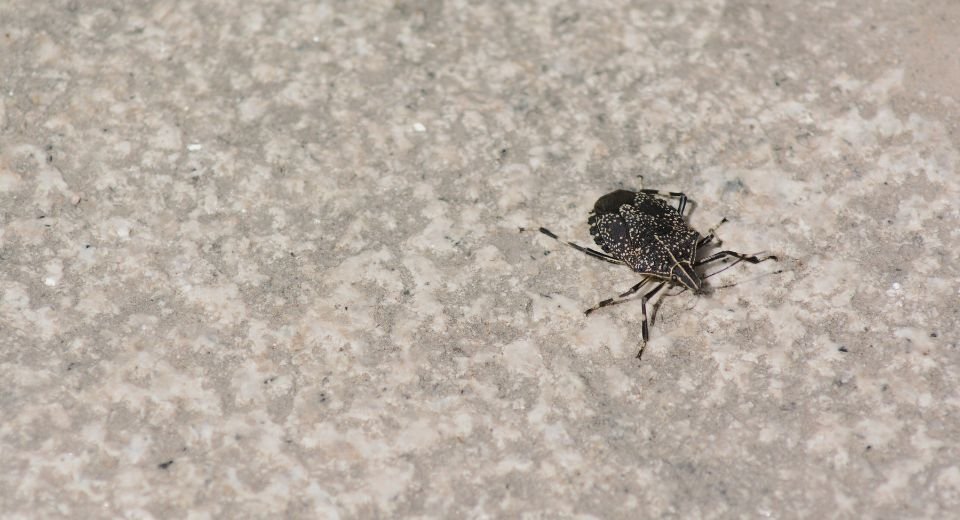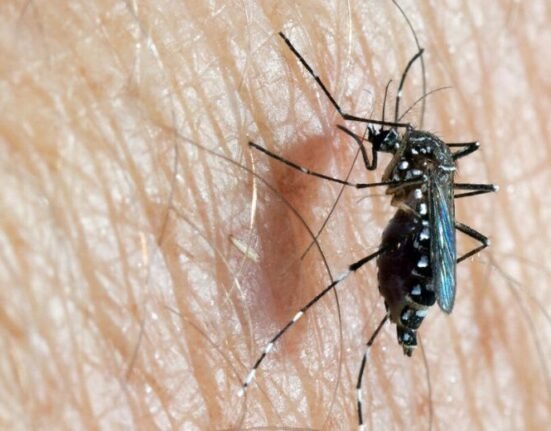HQ Team
April 23, 2023: Chagas disease, caused by the “kissing bug” that infects more than six million people globally each year, has less than 10% detection rates, according to the Pan American Health Organization.
Chagas disease is caused by the parasite trypanosome cruzi, which is transmitted to animals and people by insect vectors and is found only in the Americas, mainly in rural areas of Latin America where poverty is widespread.
Chagas disease is also referred to as American trypanosomiasis. The disease is named after Carlos Chagas, a Brazilian doctor and researcher who discovered the disease in 1909.
It is estimated that as many as eight million people in Mexico, Central America, and South America have Chagas disease, most of whom do not know they are infected.
If untreated, infection is lifelong and can be life-threatening. Chagas disease is endemic in 21 countries of the Americas; 18 countries have interrupted home vector transmission at the national level or in some of their territories.
Triatomine bugs
The main way in areas where Chagas disease is common is through vector-borne transmission. The insect vectors are called triatomine bugs.
These blood-sucking bugs infect T. Cruz by biting an infected animal or person. Once infected, the bugs pass the parasites in their feces. The bugs are found in houses made from mud, adobe, straw, and palm thatch.
During the day, the bugs hide in crevices in the walls and roofs. In the night, they emerge. Because they tend to bite people’s faces, triatomine bugs are known as “kissing bugs.”
After they bite and ingest blood, they defecate on the person. The person can become infected if T. cruzi parasites in the bug feces enter the body through mucous membranes or breaks in the skin.
The unsuspecting, sleeping person may accidentally scratch or rub the feces into the bite wound, eyes, or mouth.
Organ transplantation
It can also be transmitted via blood transfusion or organ transplantation, during pregnancy and labor, and through eating contaminated food.
Chagas disease is almost 100% curable if detected and treated early.
Symptoms include fever, fatigue, body aches, headaches, rashes, appetite loss, diarrhea, and vomiting. Swelling or a sore near the eye or on the side of the face where the bite or infection occurred and enlarged glands.
The PAHO stated it was time to integrate Chagas disease into primary health care, highlighting the low detection rates and frequent barriers to accessing adequate medical care.
“Chagas is a disease that few know about, although it affects millions of people,” PAHO Director Dr. Jarbas Barbosa said.
“I call on governments, health personnel, and community workers to make additional efforts to work together and focus attention on most vulnerable populations, so so that we can soon eliminate Chagas as a public health problem.”
10,000 deaths
About 30,000 new cases and 10,000 deaths are reported annually in the Latin American region.
“With Chagas detection rates so low, treatment is arriving too late,” said Dr. Massimo Ghidinelli, interim Director of PAHO’s Department of Prevention, Control, and Elimination of Communicable Diseases.
“We need to involve the community and support primary care professionals with training and critical supplies to manage the disease,” he said.
Without long-term treatment, up to 30% of patients develop irreversible nervous, digestive, and heart complications.
Endemic
Given the continued circulation of the vector and the silent nature of the disease, Chagas continues to be endemic in 21 countries of the Americas and is one of more than 30 diseases and conditions that PAHO and countries seek to eliminate by 2030.
It is estimated that around 1.1 million women of childbearing age are infected with the T. cruzi parasite in Latin America. Each year, 9,000 children contract Chagas through mother-to-child transmission.
To end mother-to-child transmission, PAHO recommended universal Chagas screening for pregnant women and testing of newborns to determine serological status.
The organization also recommended treating positive mothers and babies after delivery.








